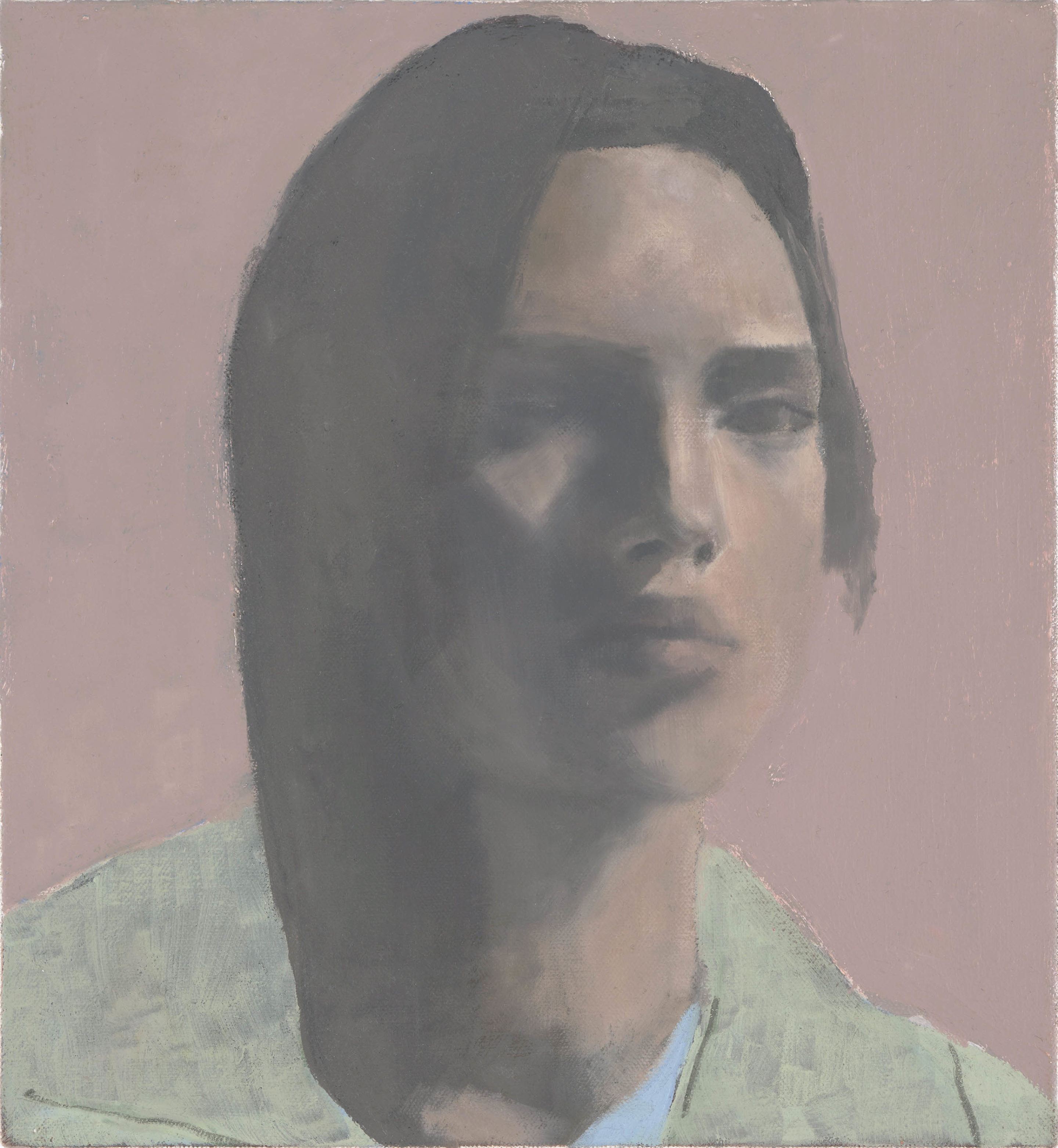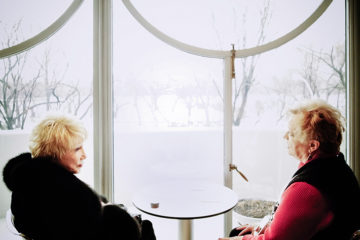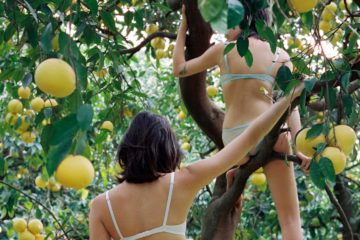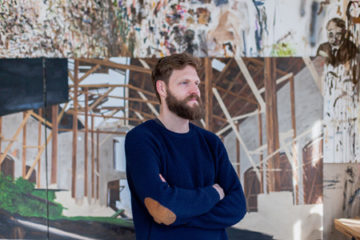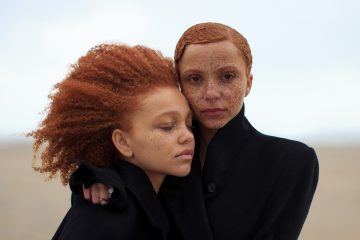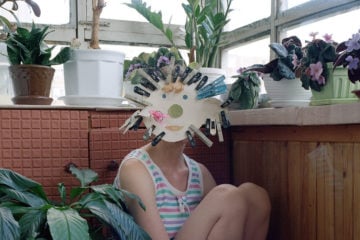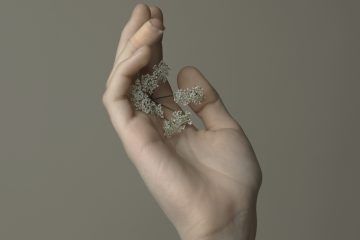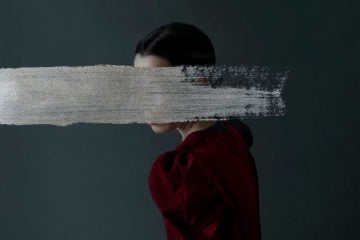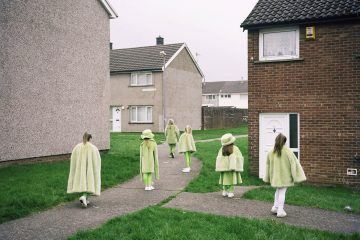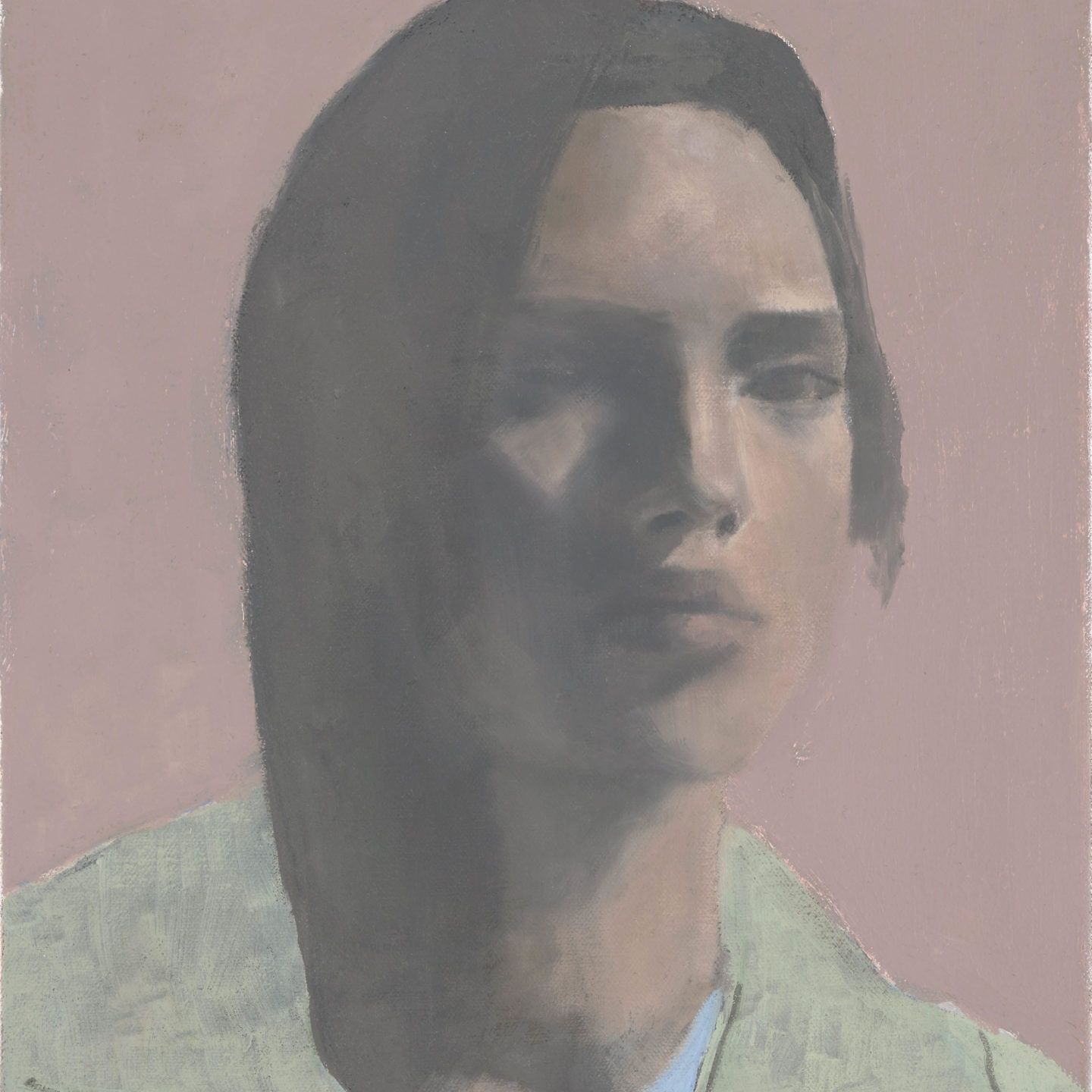
When Words Fail: Shanti Shea An On Why She Paints
- Name
- Shanti Shea An
- Images
- Shanti Shea An
- Words
- Rosie Flanagan
In the paintings of Australian artist Shanti Shea An, the muted tones don’t sit flat: they shimmer. Through gentle lines and a limited palette, Shea An paints her own world in a way that reads as both familiar and warm.
Initially, Shea An was drawn to painting because it offered a mode of expression less complex to her than words. Though that has changed in recent times, the communicative aspect of her work is still very much present. “It was always about needing to find a way to say something,” she explains, “to communicate with other people when words would fail.” From her home in Canberra, she spoke to us about growing up in a creative household, Morandi, Matisse and why she favors a muted color palette in her renderings of a 21st-century world.
“It was always about needing to find a way to say something”
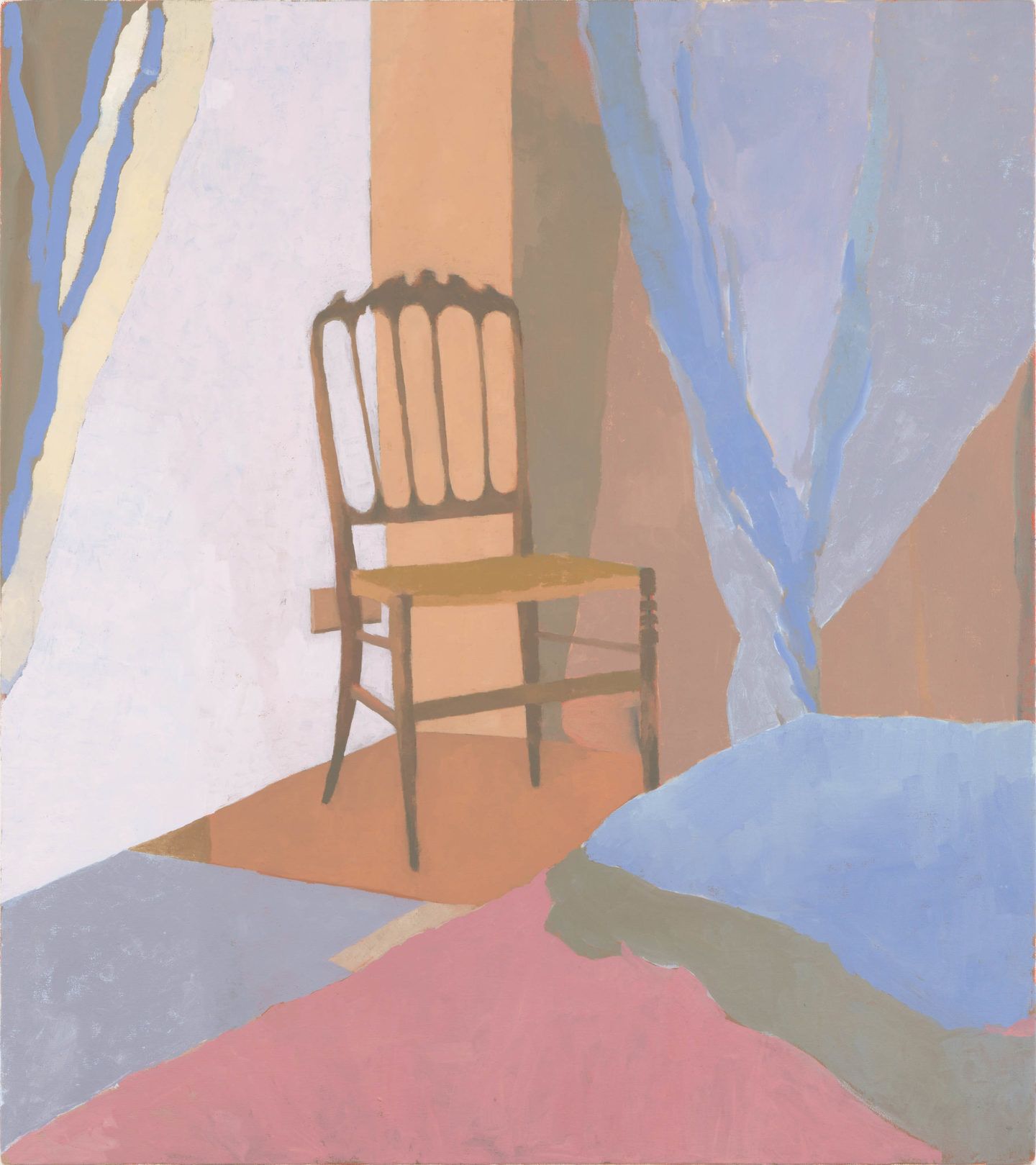
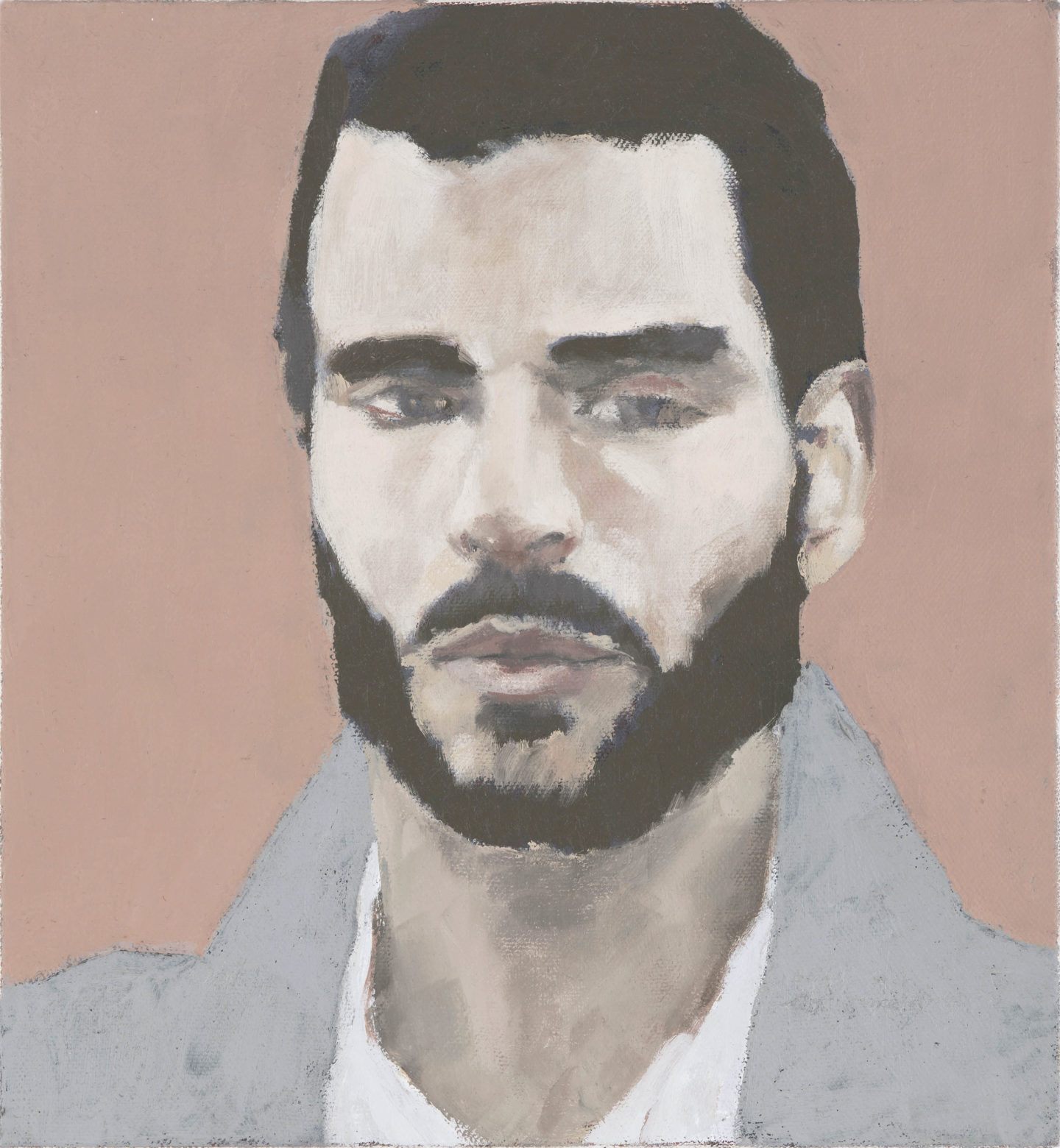
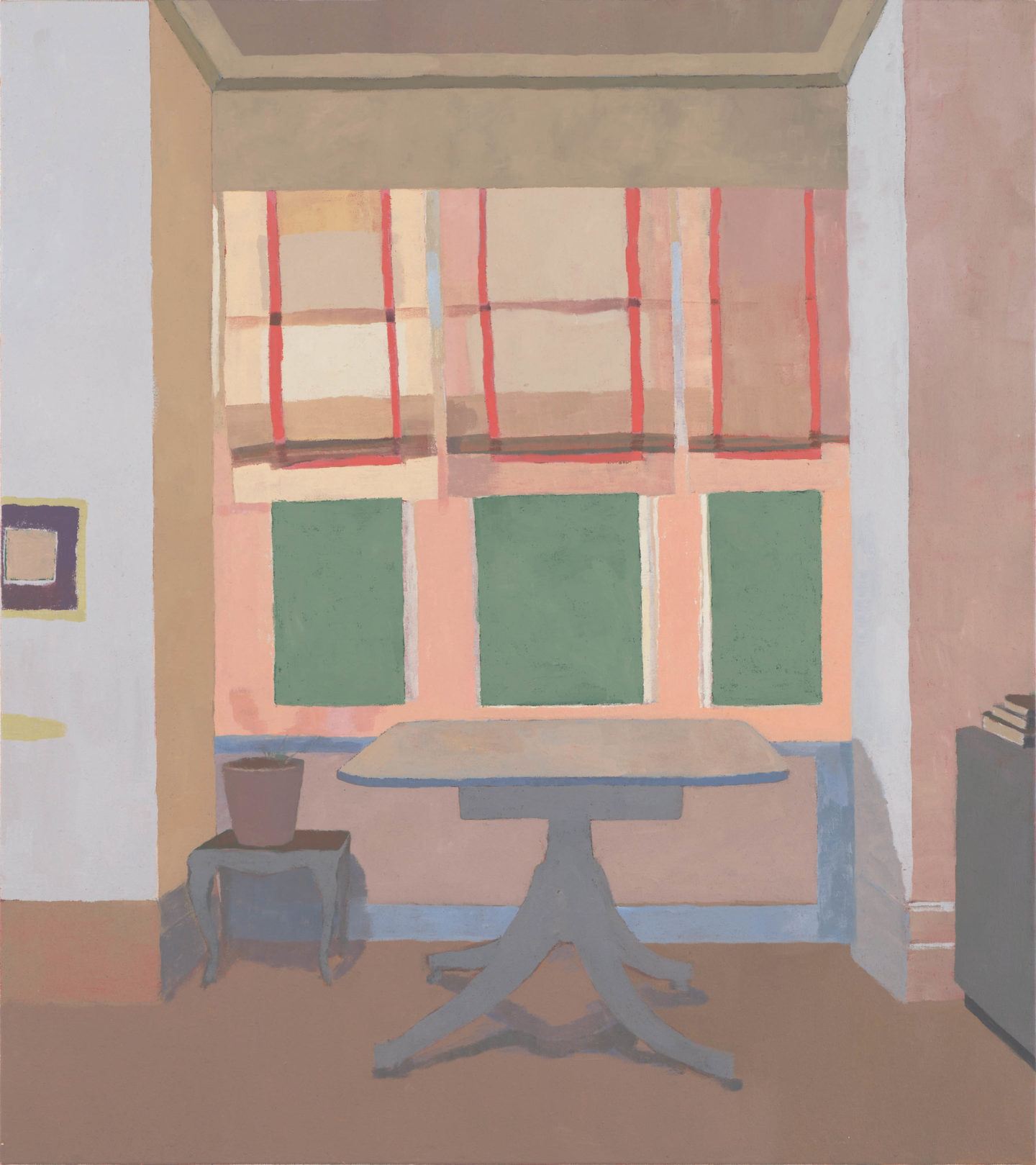
Did you grow up in an artistic household, or was there something more that lead you to painting?
I grew up with my sister and my mum. Although mum wasn’t an artist, she always talked about art and is a very creative woman. She would keep old clothes and turn them into bags or make necklaces and jewelry out of found objects. She would have prints of artworks around the house and she would buy us second-hand books about art. I think it was really important for me that I was always surrounded by people who were drawn to art. What led me to painting was the fact that I often struggled with finding the right words to express myself—which is funny, because lately I’ve been writing a lot—but it was always about needing to find a way to say something, to communicate with other people when words would fail.
"I am just in search of some kind of essence that shapes the way an artist looks at the world."
Your work seems reminiscent of Matisse and post-impressionist style; does your work draw upon past and present artists and movement?
I’ve always loved Matisse, mainly because when I first saw his work, it opened up this idea of ‘painting’ for me—the definition expanded. Through studying at art school, I became more interested in nuanced color and muted palettes, like those you’d see in a Morandi painting. I look at other artists all the time, but I don’t know if it is for ‘inspiration’ per se. I think I am just in search of some kind of essence that shapes the way an artist looks at the world. I like to think about what made an artist paint in the sixteenth or seventeenth century and think about why I am painting in the twenty-first: are we looking for the same thing?
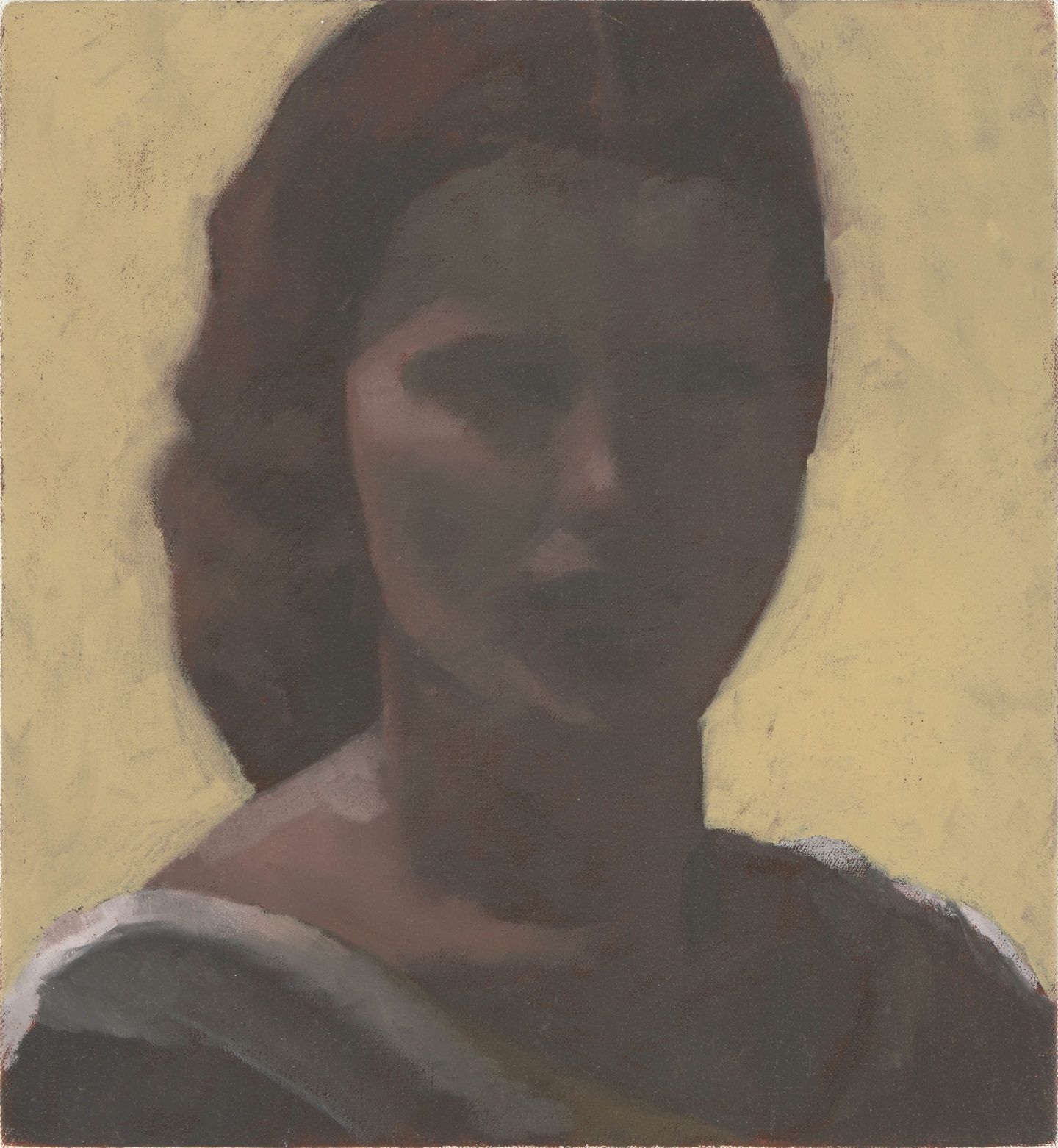
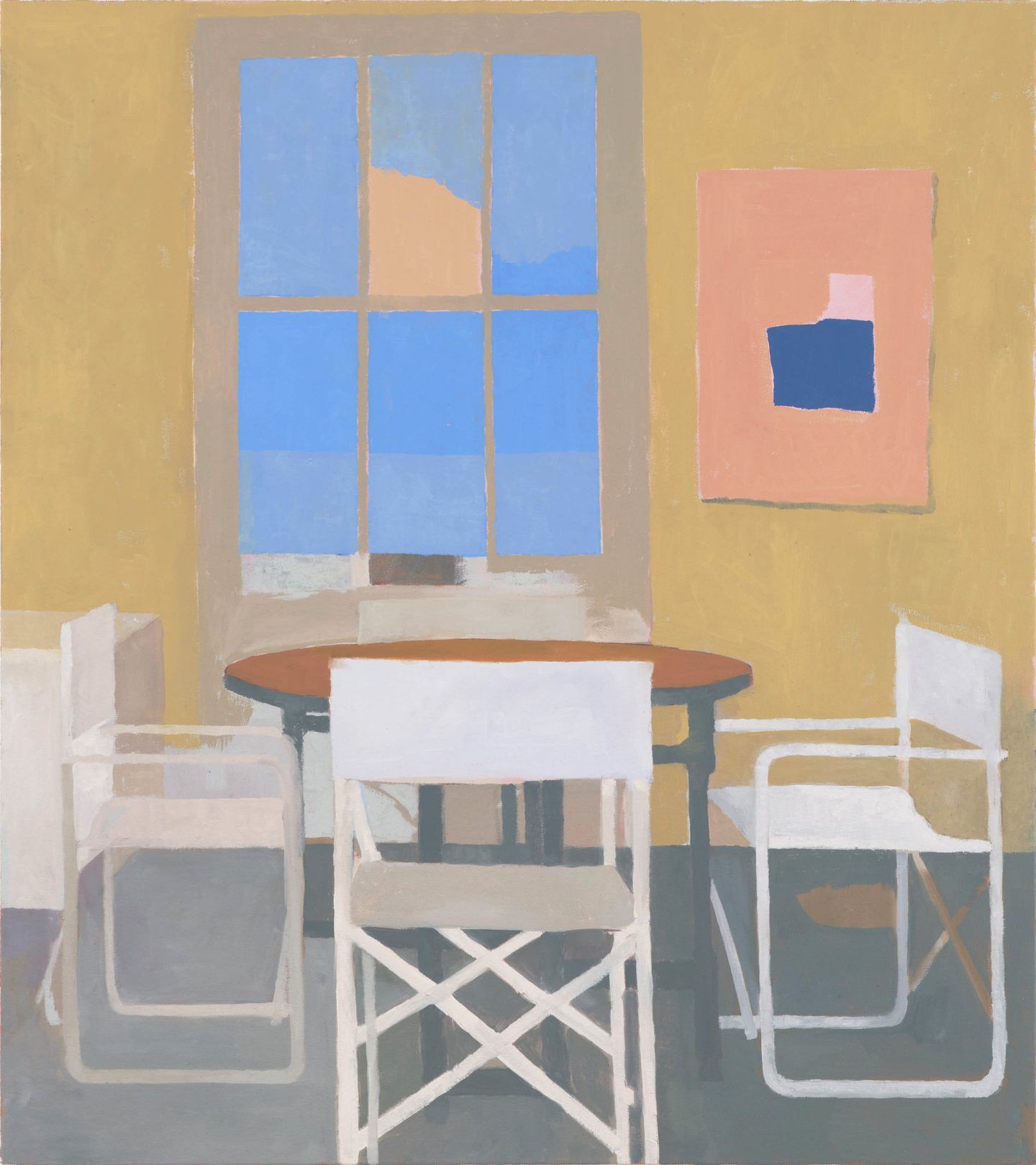
You appear to concentrate primarily on interior scenes and portraits. Are these figurative renderings of real life? And if so, what is it about these things that make you want to paint them?
Interior scenes are endlessly fascinating for me. At the moment I am looking at a lot of Dutch genre painting and am noticing all these hidden gems within them—they are entirely about looking and permitting the viewer into these intimate scenes that perhaps they shouldn’t be able to see. I like this tension. Some of the scenes that I paint are drawn from life and others are amalgamations—pieced together from collaged photographs, old drawings, jewelry etc. I think my interest in portraits is similarly centered around intimacy, but a different kind. Portraits offer a strange face-to-face encounter with a person who is absent. I also like that tension.
"These softer, muted palettes suggest a quiet sense of looking"
You have a fairly muted color palette, is there a reason for this?
I used to be hesitant about painting with muted, greyed colors. It was only after looking more closely at the work of painters like Morandi and Agnes Martin (I go look at Agnes Martin’s paintings whenever I can!), that I noticed how their surfaces would shimmer. Not only did these softer, muted palettes suggest a quiet sense of looking, I also saw more complexity in what at first seemed rather simple. I’d like to think of it in terms of my own artistic growth, but I don’t think that one approach to color is necessarily more complex than the other. These color palettes offered me a more intimate engagement with the process of painting and mixing color, which I’ve been somewhat fixated on for the past few years.
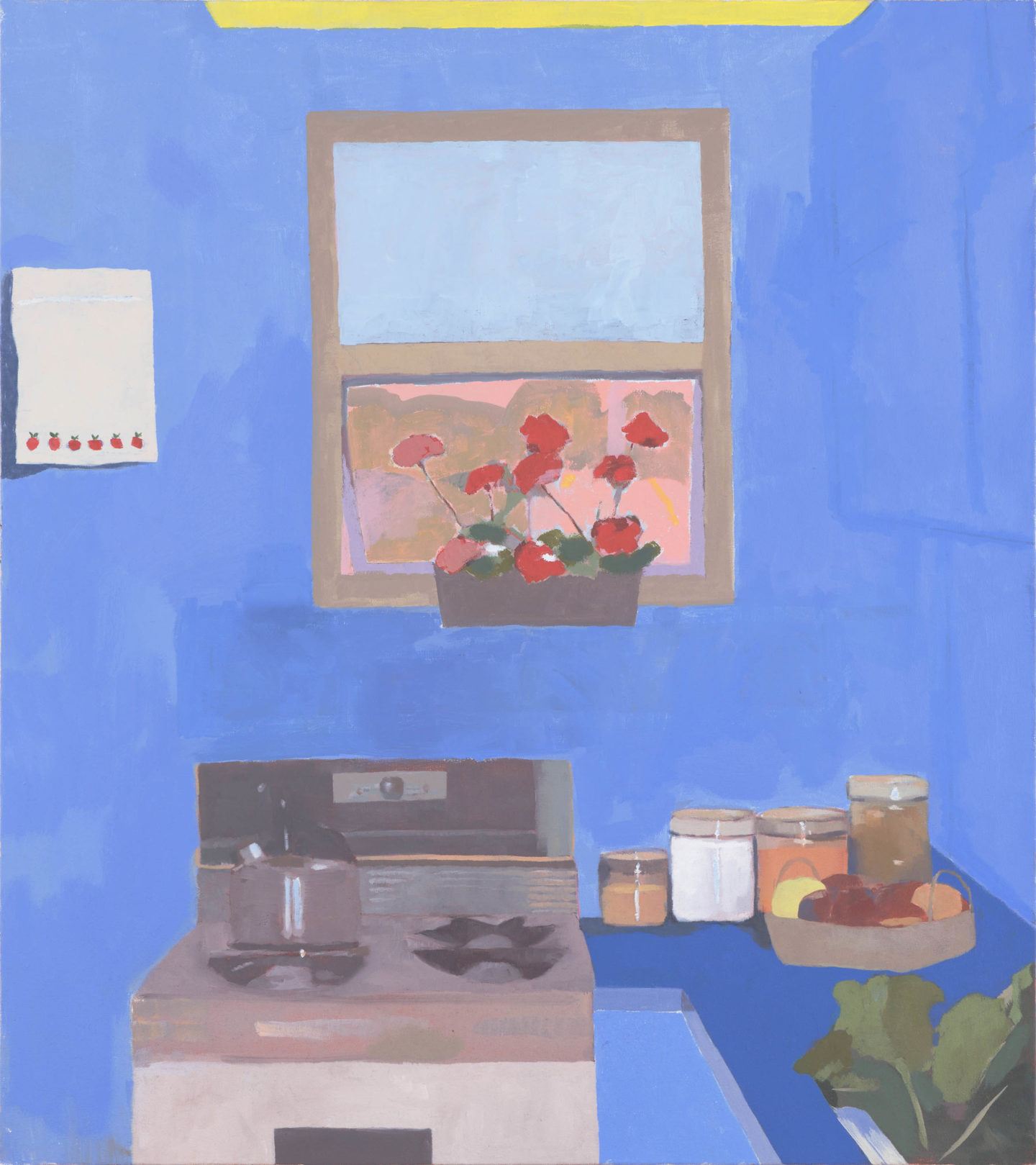
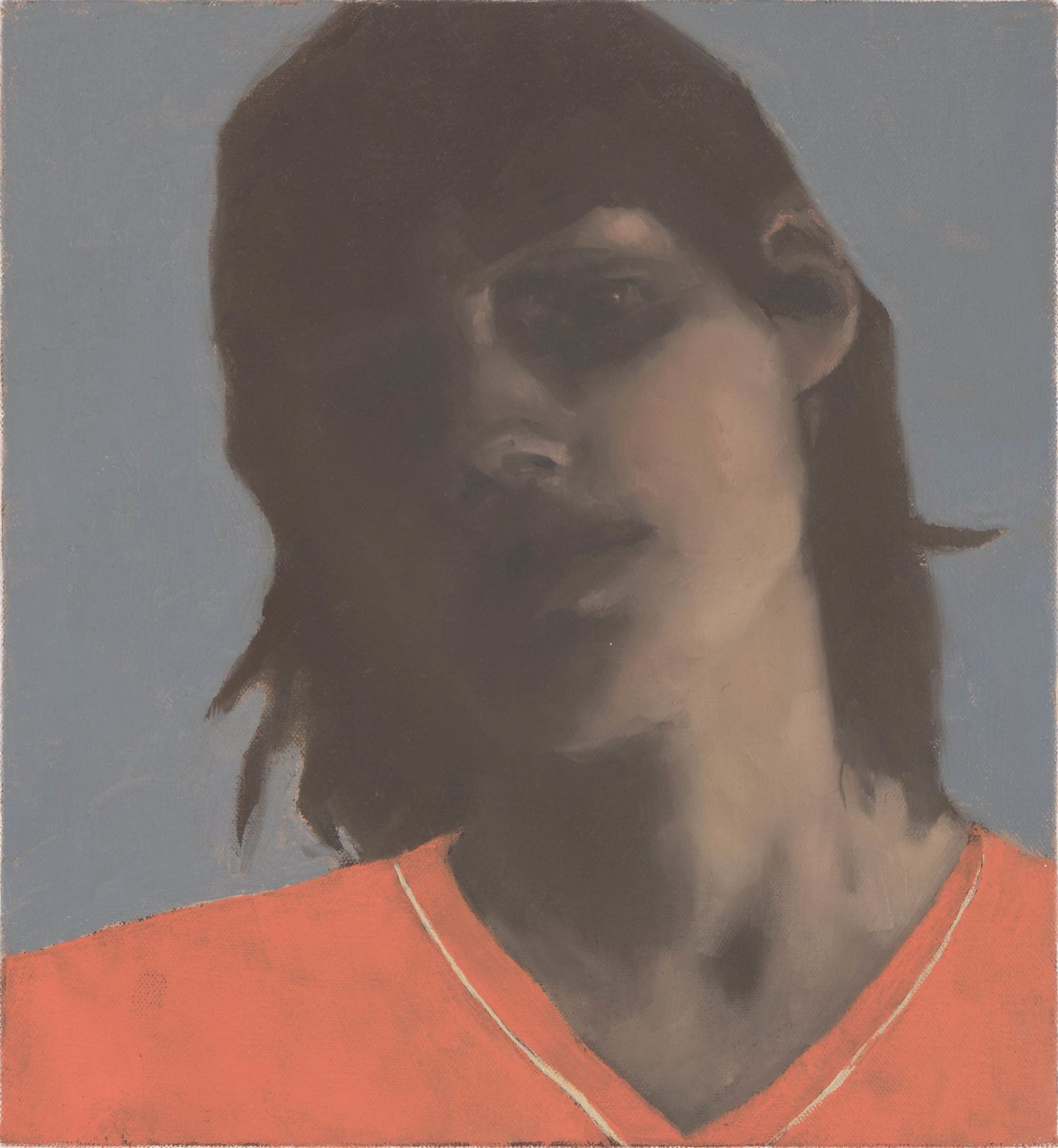
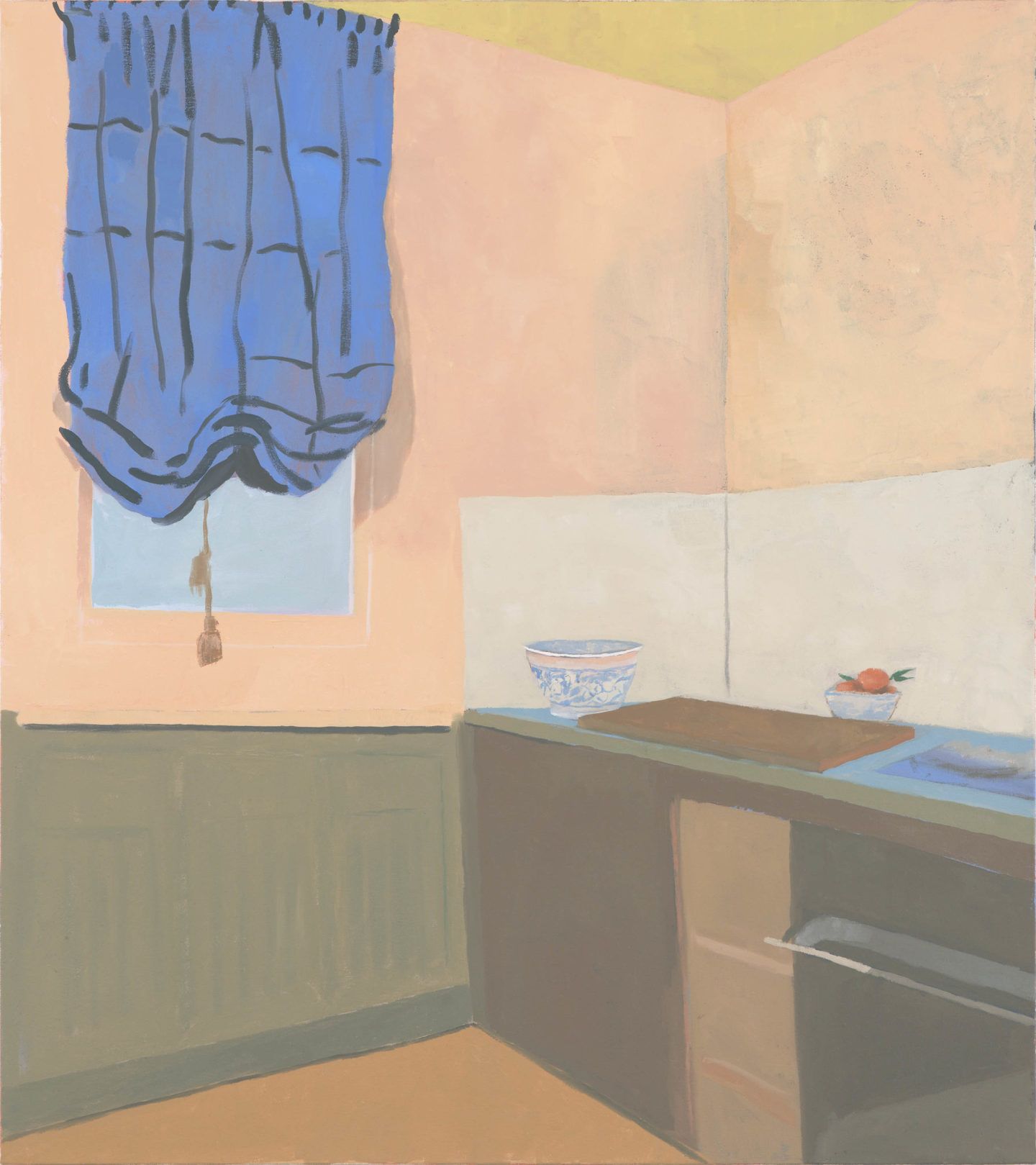
All images © Shanti Shea An
